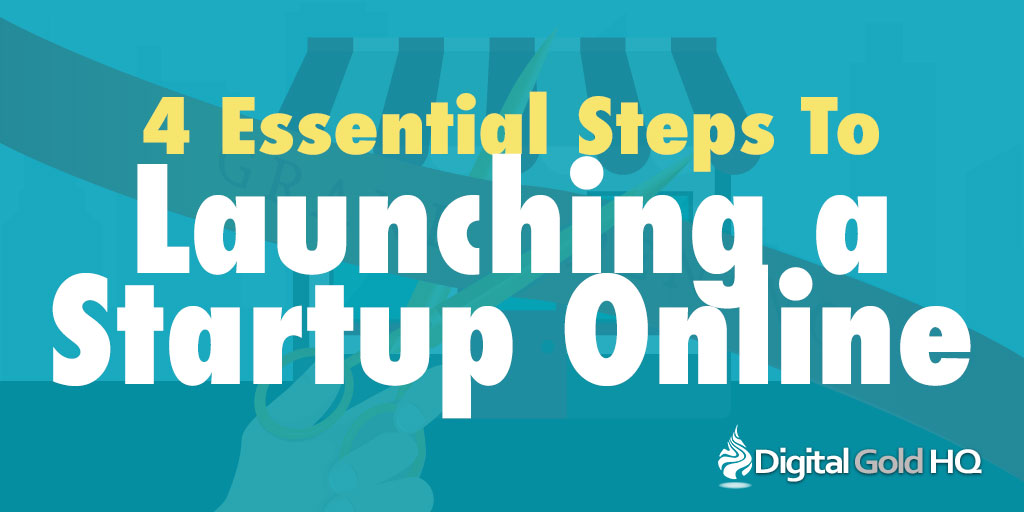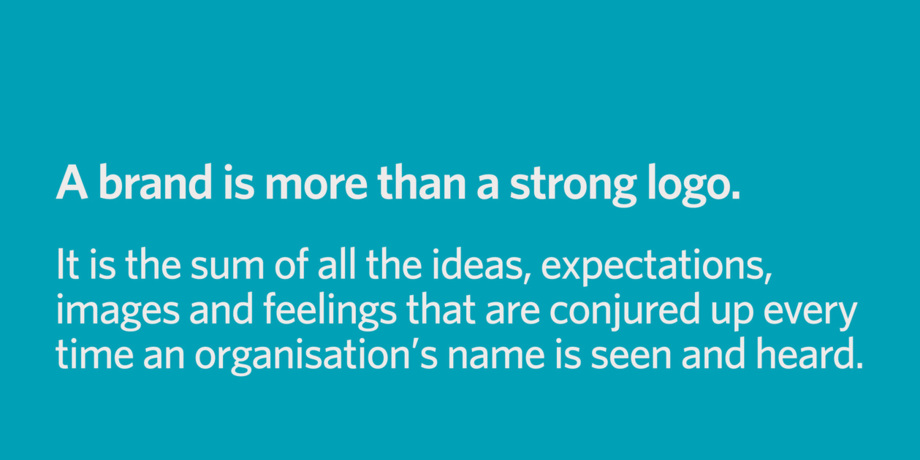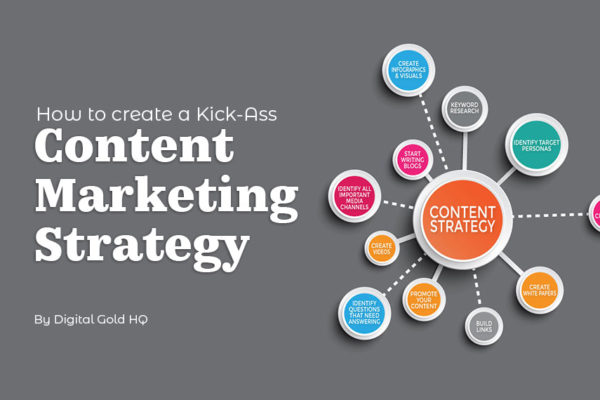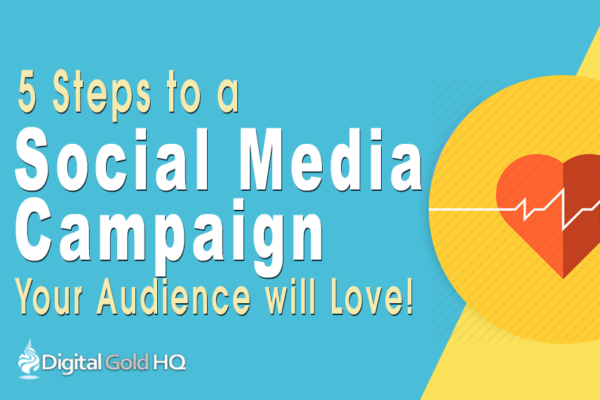4 Essential Steps to Launching a Startup Online

It can be daunting knowing where to begin when launching a new startup. You may have spent countless hours refining your product, writing a business plan, and securing funds. And when it comes to creating a website, the possibilities are endless.
Without a structured approach, it can be tempting to simply dive straight into building a website. Although this might get you off the ground quickly, it can often be a costly mistake.
With a little careful planning, you can ensure that your new website targets the right audience, displays relevant content, delivers real value and guides your perfect customer through a sales funnel that keeps them coming back for more.
So, whether you’re a serial entrepreneur or simply embarking on your first new business, follow these steps to brand, position and promote yourself online.
Step 1. Define a compelling value proposition (VP)
Your value proposition is an articulation of the most compelling reasons why your customers should favour you. It is an important series of affirmations that detail how you deliver value to your customers, and helps clarify why you stand out from the competition. And, the process you go through to create a VP is a valuable one, because it will help you understand the specific combination of product features that will underpin your success. It also forms the basis of all subsequent website and marketing communications.
There are plenty of internet articles dedicated to the process of creating a value proposition, so it’s worth doing a little research before you start your own process. Here are a few things to think about:
- Investigate your key competitors and see if you can figure out what their VP is
- Identify best practice from the leading players in your industry and think about how you might emulate them
- Survey existing or potential customers to identify their biggest pain points and map these pain points to solutions that your product provides
- Think carefully about your customers and try to figure out what specific products or services would make a real difference to them, would add real value, and would make you stand out far and above your competitors.
A value proposition is a promise of value to be delivered and acknowledged.
Step 2. Create an inspirational brand identity
Once you have a clear articulation of your value proposition, you’re ready to start work on your visual identity. Your brand is important because it is a tool through which you convey your value proposition to your audience. The work you completed in step 1 will therefore drive the outcomes you achieve in step 2.

At this stage, some folks are happy to crack open PowerPoint or other readily available software to create a logo themselves. Again, this approach might get you quickly off the ground, but it’s unlikely to carry you very far. Before you contact an agency or graphic designer however, by doing a little research and writing an informative creative brief, you’ll go a long way to improving the accuracy of the creative results:
- Scan the internet for logos and other creative designs that inspire you. Think about colours, fonts, designs and graphic art
- Research your competitors. Examine the styles and colour schemes they use and analyse what makes them successful
- Document your findings in a way that will inspire your creative team to design something unique and memorable.
Step 3: Platform Creation
Believe it or not, step 2 can take a number of weeks to complete. So once you’ve commissioned a graphic artist and while you’re waiting for initial concepts to be returned, crack on with the following essential tasks:
- Purchase your website domain name (think carefully about your domain name, this will be particularly important when setting up all of your social channels)
- Decide which online platform you’d like your website to be built on
- Locate a hosting provider and a website developer
- Define the structure (no. of pages) of your website and specify how all of the pages will link together
- Create inspiring and compelling copy that features key assertions from the VP you created in step 1
- Specify the SEO keywords and meta tags to be used across your site
- Research and source imagery and other graphics.
Step 4: Launch Strategy
Don’t underestimate how all-consuming step 3 is. Even after you’ve created a great logo and written brilliant copy, it will still take time and effort to load all content onto your new site and refine the details until everything looks and works perfectly. My advice? Wherever possible, outsource the bits that you cannot do swiftly and professionally yourself.
Although you might naturally be on a tight budget at this stage, there’s nothing worse than launching a new business with a website that looks distinctly home-made. The investment in professional website development fees will pay off in the long run as your site will look professional, sophisticated, and authentic.
Notwithstanding the challenges you would have encountered up to this point, the day will surely come when you’re ready to go live. Yup, that’s it! Flick on that switch and launch your business online. Hmm, for many business owners this is the point where surprise soon yields to frustration if the traffic doesn’t automatically come rolling in. Here are a couple of things you should do:
- Use search engines to drive traffic to your site using a combination of paid for advertising (PPC) and organic search (SEO) tactics
- Create business profiles on a range of social media sites and populate them with appropriate and engaging content, always linking back to your site. Again, the VP statements from step 1 will feature heavily across all posts and messages
- Create blog articles that position you as an expert, and syndicate these articles across PR and other social media sites
- Create business profiles across all major online directories making sure you provide links back to your own site
- Offer free (or low value) products online as a means of building your opt-in list
- Combine the use of an email marketing campaign with a strategy to upsell customers from your free products to your premium ones.
It’s true that you simply need to make a start in order to make progress. And it doesn’t pay to agonize over perfection. However, it is worth having a plan, a process, and a rough timeline before you start in order to improve your chances of success and reduce the risk of rework. And by following the steps outlined above, you’ll be doing just that.
Talk to Our Team
If you’re daunted by any of the above, or you simply have questions you’d like to run by an expert in the field, why not speak to the website design and development team at Digital Gold HQ. We have a friendly and reliable team on hand to help with all of your development needs.
You can fill out our contact form here and we’ll be in touch right away. Alternatively, you may prefer to call Nina Epellé directly on +44 (0) 1865 60 10 20 or email us at info@digitalgoldhq.com.




